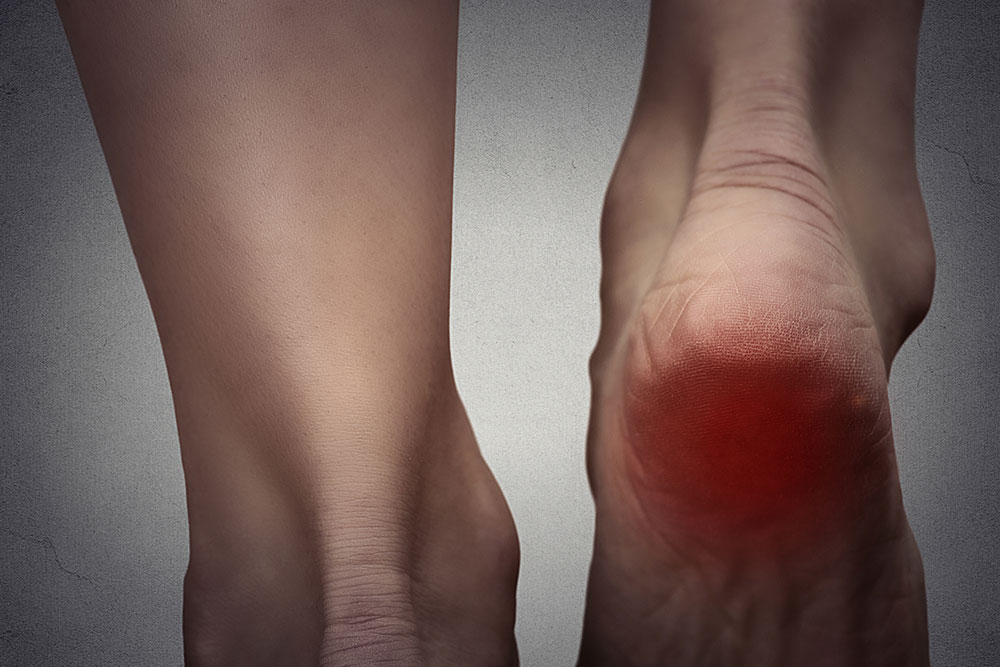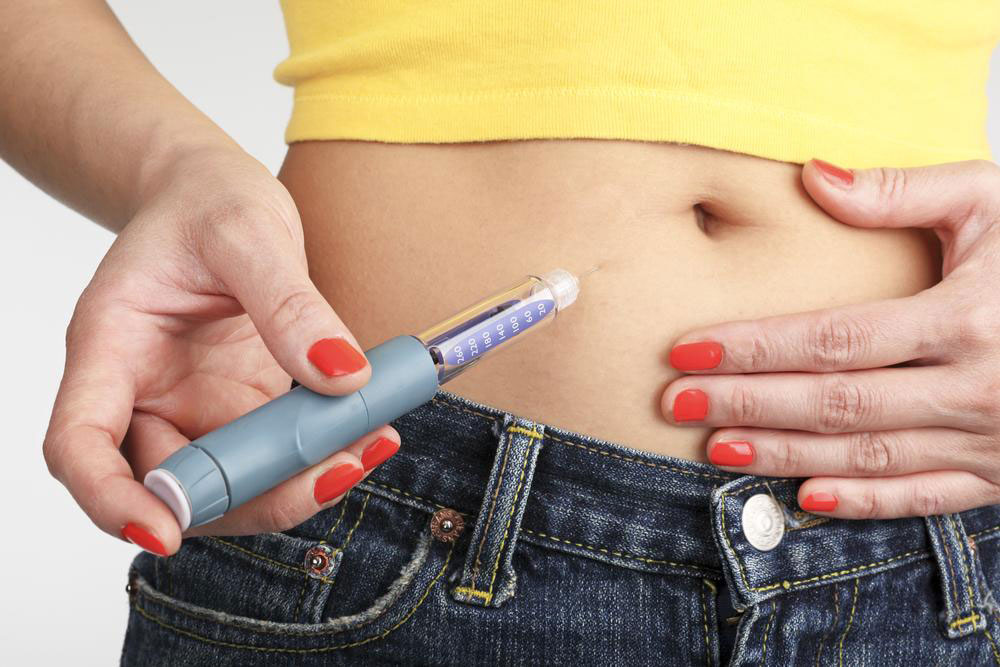
Treatments
Top Non-surgical Treatments for Chronic Pain
Chronic pain can play spoilsport in our lives by affecting our job, daily routine, and relationships. The good news is that timely diagnosis and treatment can go a long way in eliminating this pain from our lives. The ideal chronic pain management aims at reducing or eliminating the need for pain medication and improving physical functioning. With the right treatment for chronic pain, you can lead a pain-free life. Any pain that spans over a few months or around 12 weeks is called chronic pain. The cause of pain may be illness, injury, joint-related disease or overuse of joints. Gone are the days when you only surgical options were available for the treatment for chronic pain. Thanks to the medico-technological advancements, patients now have numerous treatment options for dealing with chronic pain. Types of chronic pain Chronic pain can occur in different locations of the body and for a variety of reasons. The most common type of chronic pain occurs due to injuries. This injury may be sports-related or caused by accident. Back pain is another common type of chronic pain. Lower and upper back pain may result from incorrect posture, extended hours of sitting or standing, or damage to the spine. Joint pain due to arthritis or wear and tear of the joints are also some common types of chronic pain. Arthritis pain can occur at in joint of the body. Nerve-related issues may lead to diseases or illnesses that cause other types of pain. Non-surgical treatment options for chronic pain The right choice of treatment for chronic pain depends on its cause. Doctors evaluate this pain based on the following factors: Duration Intensity Cause Location Once they ascertain the parameters mentioned above, they will decide on the right treatment option. Pain management primarily focuses on minimizing the use of pain medication, improving physical flexibility, and strengthening the affected parts.












